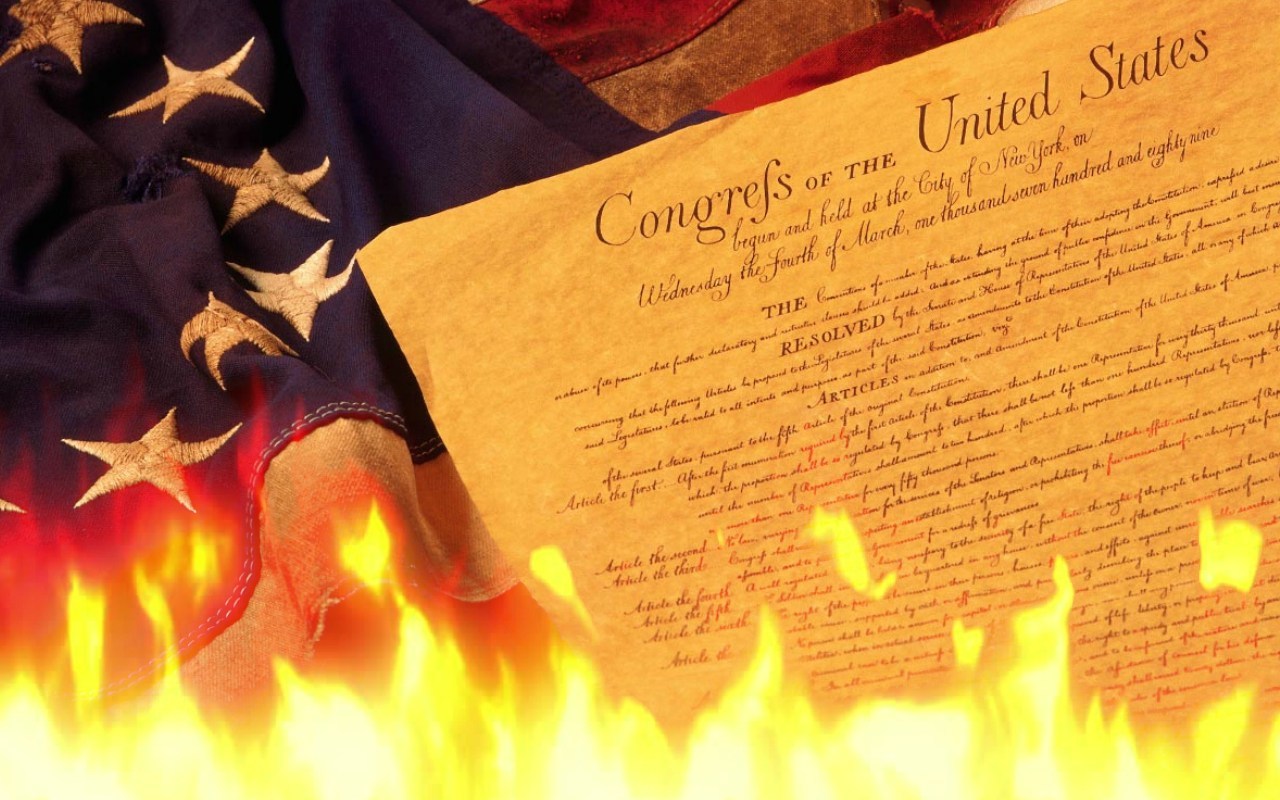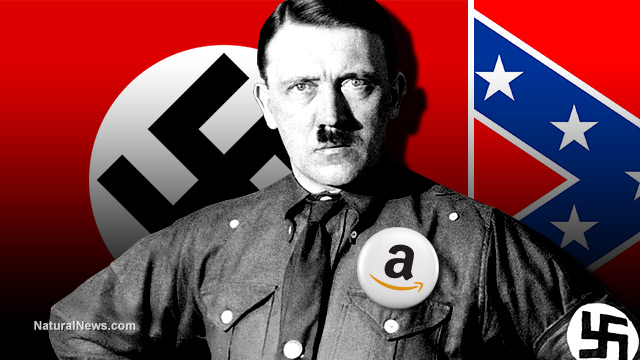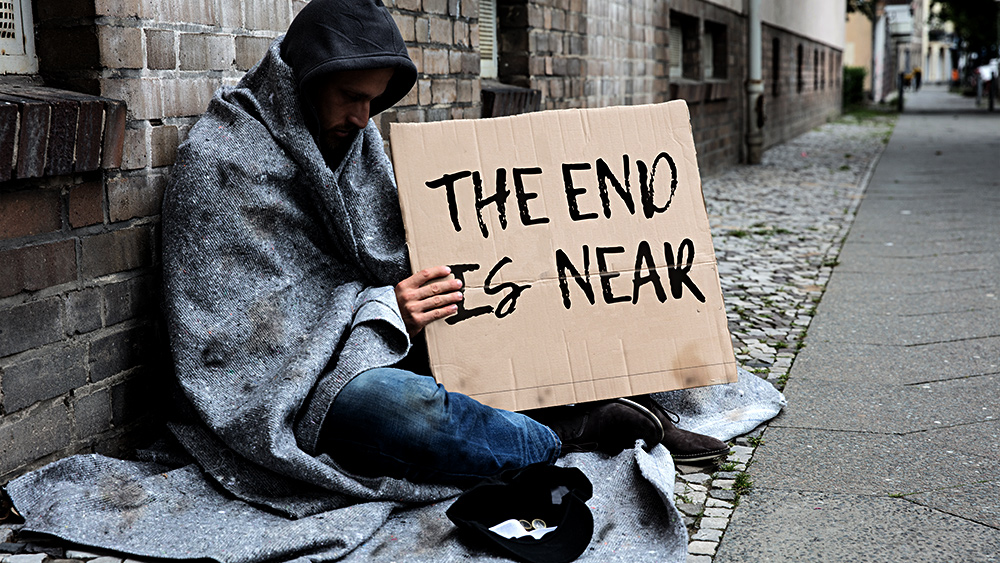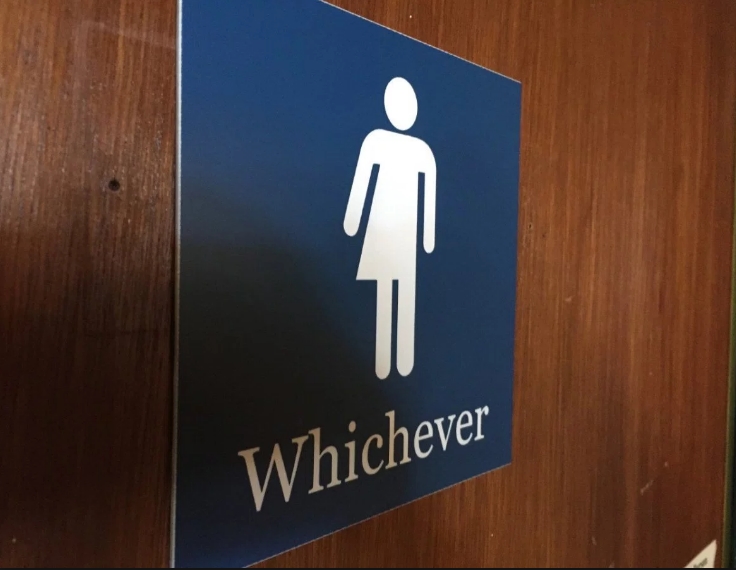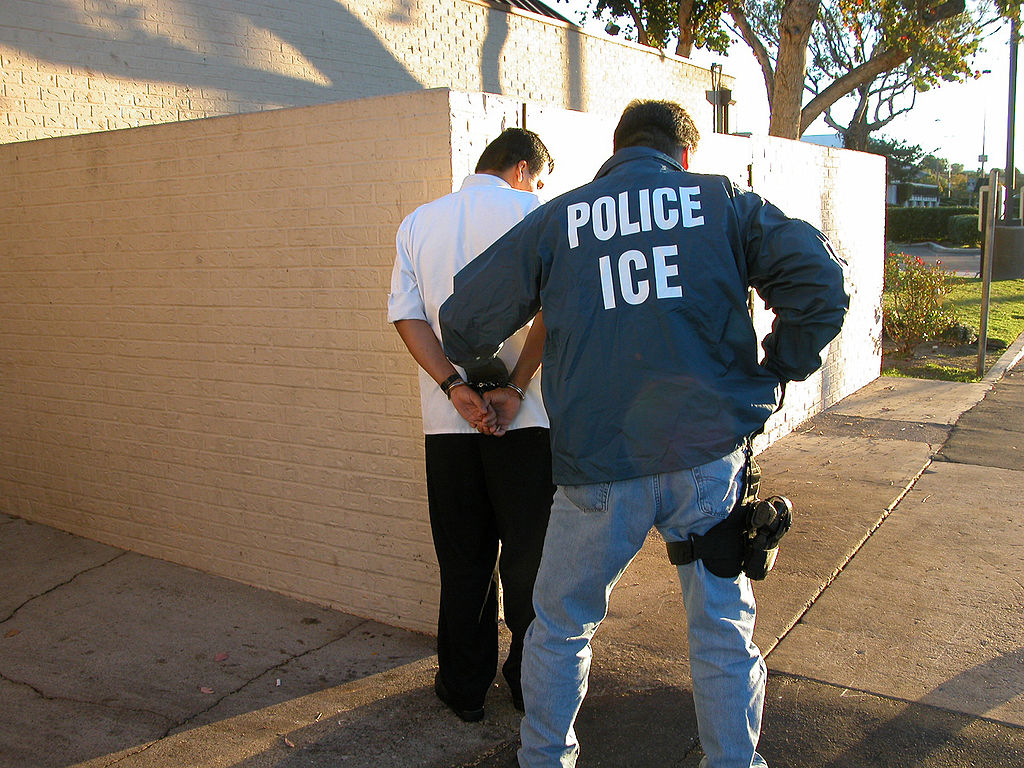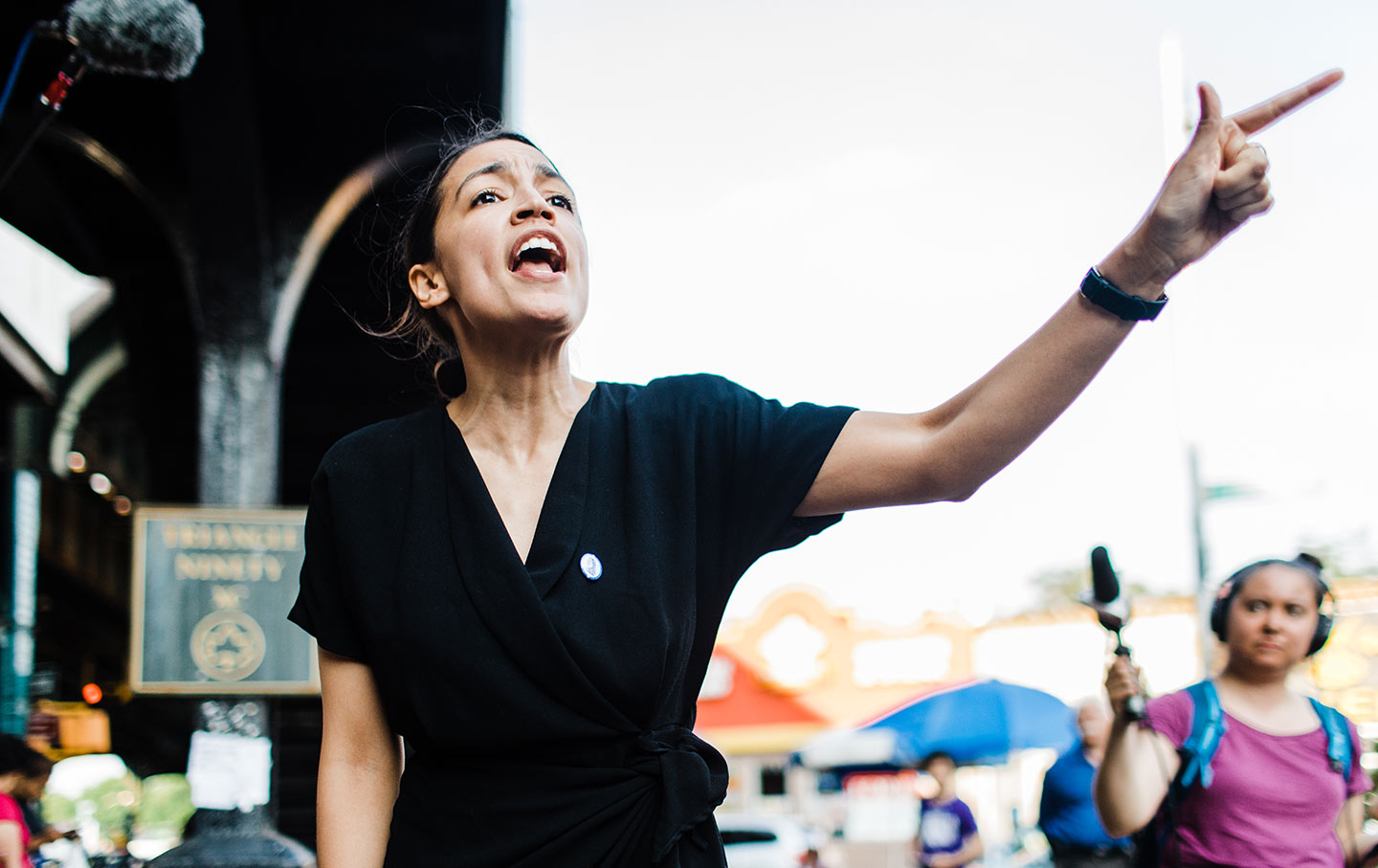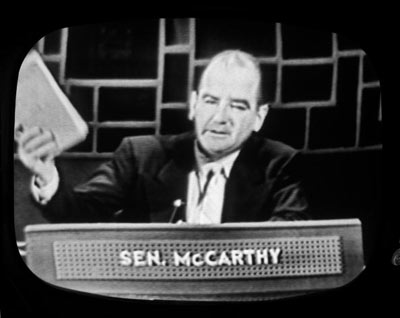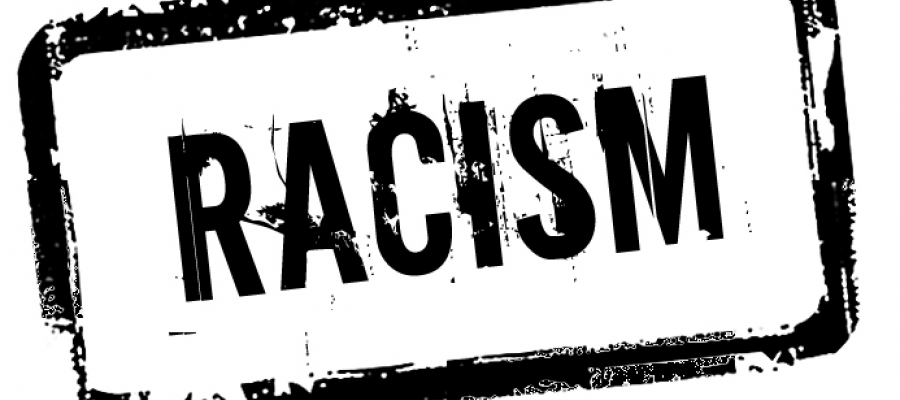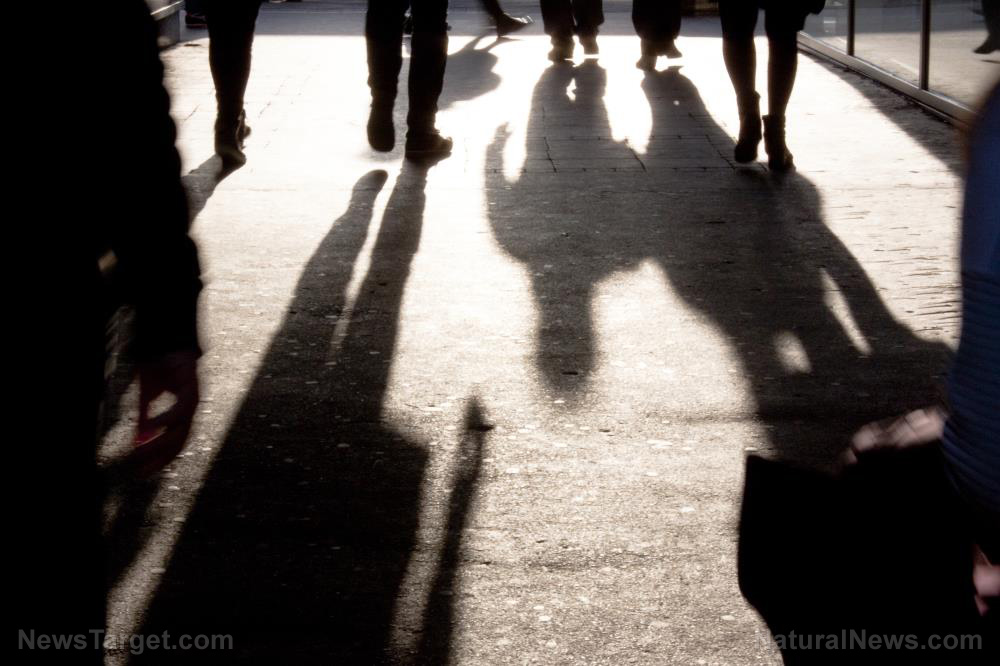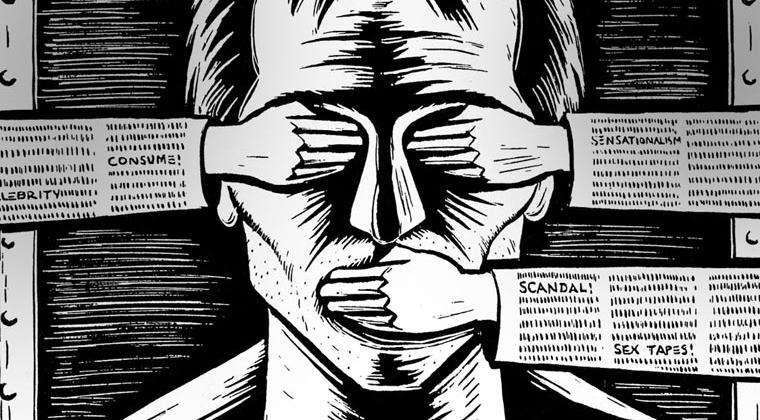How white liberals will wake up
04/10/2019 / By News Editors
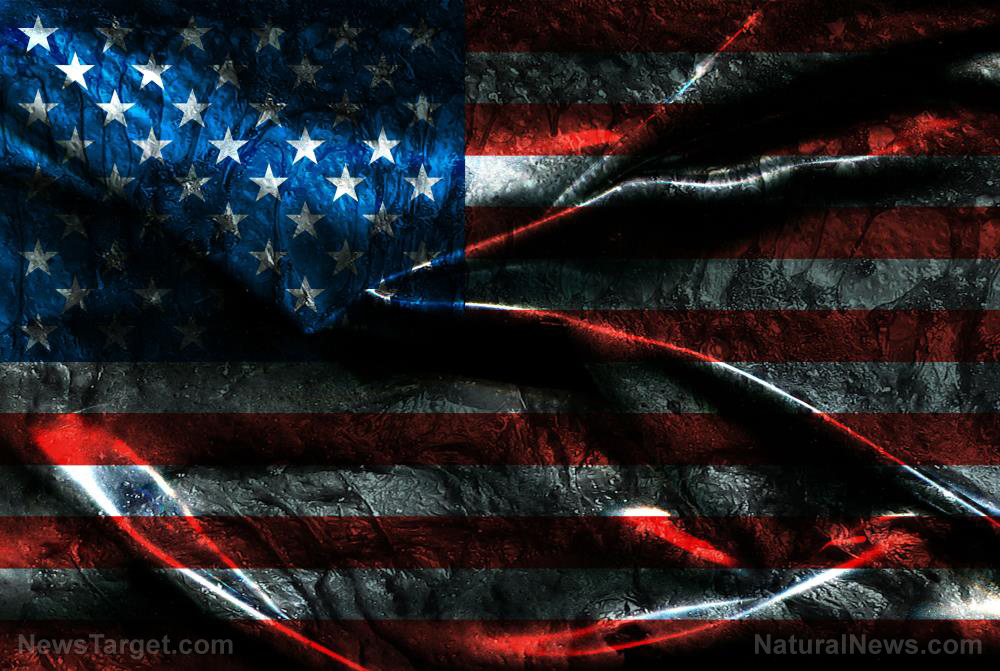
White liberals can be maddening. They proceed through life happily proclaiming their devotion to progressivism, completely oblivious to the brewing demographic dangers on the horizon. Indeed, most polls show them doubling down on their beliefs in the era of Donald Trump. If you try to warn them, they will stare at you blankly. If you are a friend or relative, count yourself lucky that they still tolerate you and your beliefs.
(Article by Patick McDermott republished from UNZ.com)
Unfortunately, such delusional obstinacy cannot be ignored. Their views are a fundamental component of the broader, systematic threat to Western Civilization. History has shown what the world’s European peoples can accomplish when we are reasonably united. No foreign enemy or ideology could destroy us without the assistance of a substantial share of our own people. To turn the tide, we must win them back.
White liberals are neither evil nor irredeemable. They are temporarily misguided. The longer history of white liberalism, which in the past was far more hardheaded and realistic, clearly shows how much the latest iteration has gone off the rails.
The road to perdition may be paved with good intentions, but most of them will awaken before we get there. Our collective struggle will be difficult, but they will be standing with us when we emerge on the other side.
Liberal Psychology
Understanding how white liberals will change requires first understanding how their minds work. Entire fields of scientific inquiry have been devoted to explaining human behavior, including evolutionary psychology, social psychology, behavioral neuroscience, and political psychology to name a few. Although no single theory adequately covers the entire spectrum of behaviors, one framework will do for our purposes.
Maslow’s hierarchy of needs, first proposed in 1943 by Abraham Maslow, explains human motivation as the product of a variety of competing needs. These needs, shown in the figure above, are presumed to have been evolutionarily derived. According to the theory, lower order basic needs are more primitive and must be met before an individual will turn his or her attention to higher-order needs. Someone who has met all of the needs is assumed to be fulfilled and happy.
Although neuroscience has advanced considerably since Maslow first outlined his theory, the framework remains popular today. Many of his ideas have been substantially confirmed by more recent research.
Two of the needs in this framework are particularly important for understanding white liberals: self esteem and love / belonging. These needs can be evolutionarily traced to our status as a social species.
Morality, which research suggests is also a byproduct of evolution, is closely linked with these needs. Morality helped tribes survive and thrive in humanity’s early history and may also help explain the relative prosperity of nations today. Individuals who are viewed as moral derive significant status within society, while those who are immoral can face serious social or legal punishments ranging from shunning to banishment or even death. Even without such punishments, humans are extremely sensitive to the possibility of social rejection.
 In today’s Western societies, anti-racism has come to be viewed as the morally correct position and racism as the ultimate evil. This creates substantial incentives for conformity in our racial views and rewards status-seeking behavior (sometimes referred to as “virtue signaling”) on racial issues. In those cases where this dominant moral paradigm conflicts with an individual’s other needs, such as the desire to live in a safe neighborhood, rationalizations provide the necessary cover so that white liberals can avoid guilt and cognitive dissonance while simultaneously engaging in hypocritical behavior.
In today’s Western societies, anti-racism has come to be viewed as the morally correct position and racism as the ultimate evil. This creates substantial incentives for conformity in our racial views and rewards status-seeking behavior (sometimes referred to as “virtue signaling”) on racial issues. In those cases where this dominant moral paradigm conflicts with an individual’s other needs, such as the desire to live in a safe neighborhood, rationalizations provide the necessary cover so that white liberals can avoid guilt and cognitive dissonance while simultaneously engaging in hypocritical behavior.
In sum, white liberals are simply acting on the same hard-wired psychological motivations that are present in all human beings. As social creatures, they are programmed to conform to the dominant moral paradigm in their social environment. Of course, this tendency also affects conservatives. This universal human tendency toward conformity is one reason why American politics are so strongly polarized, not just ideologically but also geographically.
As challenging as these barriers may seem, however, it gets worse. Research has shown that human beings are highly resistant to facts that challenge their core convictions. They will seize on any information that confirms their preexisting beliefs and if their beliefs are challenged, they will simply ignore or disbelieve the source. Stronger challenges to core beliefs can even backfire, causing people to double down on their original position.
Troy Campbell, a researcher on the topic, explained it this way: “As causes become our identity, we don’t just believe we are right anymore; we need to believe we are right to maintain self-worth.”
The Missing Ingredient: Fear
Liberalism’s close ties to its own version of morality – combined with the universal human needs for self-esteem and social belonging – make this an exceedingly tough nut to crack. But crack it will. How do we break through these barriers? The answer can be found near the bottom of Maslow’s hierarchy: the need for safety.
The biological basis for safety-seeking behavior is well known. Incoming sensory information is first processed in an ancient portion of the brain called the amygdalawhere perceived threats can trigger a near instantaneous fight or flight response. The amygdala are also responsible for a variety of other emotional reactions that can play a central role in decision-making.
These and other recent developments in neuroscience and evolutionary biology have substantially confirmed many of Maslow’s earlier findings. This includes the needs for self esteem, love, and belonging that lie at the heart of the liberal worldview. However, it also includes safety needs, which recent research suggests are even more dominant than Maslow first thought.
The implications of this research are clear. Most white liberals will not be convinced by rational arguments, no matter how strong or well-supported those arguments may be. They will only be convinced by threats to their basic safety. This, in turn, points to the real barrier. Most white liberals do not feel threatened.
Most of them do not see a civilization that is crumbling around them or a brewing threat on the horizon. They see a thriving economy and a skyrocketing stock market. Yes, race relations are not perfect, but they think those problems will sort themselves out as soon as we solve the challenge of poverty and get rid of Donald Trump. Immigration is beneficial. There are no meaningful differences between people. Trump voters are just suffering from irrational phobias and “white anxiety.” Times are good. What on earth is there to be afraid of?
For the average white liberal, strident anti-immigration positions are not just racist, but pointlessly so. According to one poll, 73 percent of Hillary Clinton’s white voters reportedly thought it was racist for white Americans to even have an opinion on immigration.
The sad reality is that few people who are living in a bubble are able to see it until it pops. The rare iconoclasts who are right too soon are usually viewed as social outcasts and misfits. The liberal bubble is about to pop, however. The signs are all around us.
The Growing Threat
The coming awakening of white liberals, which in the United States will probably occur over the next decade, will be primarily due to five factors. The first, instinctual ethnocentrism, affects humans and animalsalike and is present in babies. Although such ethnocentrism is not new, it remains centrally important and provides a baseline for the other factors.
The second is growing direct contact with minorities, which will only increase as the nation continues to change over time. Some academics argue that such contact can improve race relations, but other research has shown that the negative effects are stronger. Ongoing white flight in neighborhoods and schools provides the most definitive answer on this question.
A third factor is growing cultural threat. Unlike direct contact, which is lessened by white flight, there is no escaping mass culture. As was noted in a recent Vox article, White Threat in a Browning America:
We live in an America where television programs, commercials, and movies are trying to represent a browner country; where Black Pantheris a celebrated cultural event and #OscarsSoWhite is a nationally known hashtag; where NFL players kneel during the national anthem to protest police brutality and pressing 1 for English is commonplace.
This unavoidable onslaught is a constant reminder to America’s white population that their nation is changing. Research has shown that such messages make them more conservative, view minorities less positively, and feel more attachment to other whites.
A fourth factor is the growth of explicitly anti-white rhetoric. The idea that “whiteness” is inherently evil and should be abolished originated in academia, but now it is seeping into our broader culture and political discourse. Treating people equally and with decency regardless of their race was once sufficient to avoid the racist label, but now it elicits charges of color-blind racism and implicit bias. Unsurprisingly, research has found that accusations of white privilege can make people feel defensive and resentful. Even white allies are not immune. Black Lives Matter demonstrators protested Bernie Sanders’ candidacy. White feminists were blamed for Trump’s election and criticized for their “white supremacy in heels.”
The fifth factor, political threat, may be the most important because, unlike the others, it cannot be avoided or ignored. The principal source of this threat is the nation’s changing demographics, which are empowering minorities and shiftingthe Democratic Party sharply to the left. The effects of this change have been evident in elections throughout the nation this year. These have included the well-publicized primary victory of Alexandria Ocasio-Cortez in New York, Andrew Gillum in Florida’s Democratic gubernatorial primary, and Stacey Abrams in the Georgia Democratic gubernatorial primary, as well as victories for lesser known candidates in governors’ races in Texas, Arizona, New Mexico, and Maryland.
While many of these candidates will probably lose in November, they are paving the way for likely victories down the road as more states become majority-minority in the lead up to 2045, when the nation as a whole will reach that milestone. These changes, most of which are concentrated in the Democratic Party, can also be expected to shift future Democratic presidential nominees further left.
The reaction of white voters to such hard-left ideological swings is well-established. Two of the most left-leaning presidential nominees in modern history, George McGovern and Walter Mondale, were trounced at the polls. More recently, moderate Republican gubernatorial candidates have a solid track record of defeating far-left Democrats in deep blue states. What accounts for this? Many white liberals, particularly those with high household incomes, are not as far left as they think.
White liberals may not feel threatened by the left today, particularly with Republicans controlling Congress and Trump dominating the news on a daily basis, but that will change in the coming decade. As the nation changes, the mainstream media and social media companies may try to clamp down on opposing views, but they are unlikely to repress the emerging voices of the far left, who will do far more to open the eyes of white liberals than conservatives ever could. They are our unwitting allies.
“Useful idiot” was once a term applied by communists to their supporters in the West, but the concept is still applicable today. Every day that someone kneels during the national anthem, calls for abolishing whiteness, or attacks another cherished Western tradition for its roots in “white supremacy” or “institutional racism” is another day that more white people will wake up to the growing threat.
“White People Riot Quietly”
In 1995, a white liberal named Roger Boesche wrote an opinion piece in the Los Angeles Times after the OJ Simpson verdict. In it, he warned that when white people riot, they do it quietly. Channeling other white liberals, he wrote:
I am afraid that even liberals, in the face of cheers by African Americans who saw the not guilty verdict as a victory over racism, will say: “I supported affirmative action; I applauded programs for the poor, and I thought Rodney King’s attackers were guilty. But I am still jeered as a racist. To hell with it. I’m going to close my doors and pull down the shades. It’s time to retreat to private life and ignore public affairs.”
How will we know when white liberals have changed their views? It will probably not be immediately obvious. Most will not publicly proclaim their shift. There will instead be occasional calls for bipartisanship and arguments against the growing tide of identity politics. And then there will be silence as former liberals say less and less, daring only to whisper among friends about their growing concern about the direction of the country.
The real sign will be at the ballot box, where the racial divide will become obvious and stark. Over time, it is not unrealistic to assume that voting patterns at the national level will begin to mirror those of the South, where white support for Republican presidential candidates commonly reaches 80-90 percent. In the long run, however, it will not be enough. Demographics are still political destiny.
In another article, I suggested that America may be on a path toward partition at some point in the middle of this century. Such an outcome is not as far-fetched as it might seem. It would not be the first time the United States has faced secession. Polls already show significant cross-party support for the idea. Moreover, there is a long and significant global history of such partitions. Recent examples in white nations include the Soviet Union, Czechoslovakia, Yugoslavia, Ireland, Norway, Finland, and Sweden. And this does not include the many brewing independence movements like those in Scotland, Quebec, and Brazil.
The Soviet Union, one of the 20th Century’s two superpowers, was destroyed by its adherence to an ideology that ignored human nature. It should not be surprising that the world’s other superpower might also be destroyed by an unrealistic ideology, in this case one that willfully ignores the world’s long history of ethnic conflict. Should that occur, it would be sad, but it would also serve as an important wake-up call and object lesson for the rest of Western Civilization.
The primary purpose of nations is to preserve and protect their peoples. When a nation stops serving that purpose, the time has come to build a new one.
Read more at: UNZ.com
Tagged Under: awakening, democrats, freedom, left cult, liberalism, liberals, Liberty, progressives, threat, truth, unpopular, white

